Widgetized Section
Go to Admin » Appearance » Widgets » and move Gabfire Widget: Social into that MastheadOverlay zone
How Kerala Used Education and Community Participation to Battle COVID-19
The views expressed are those of the author and do not necessarily reflect the views of ASPA as an organization.
By Pooja Paswan
July 29, 2020
“Alone, we can do so little; together, we can do so much” – Helen Keller
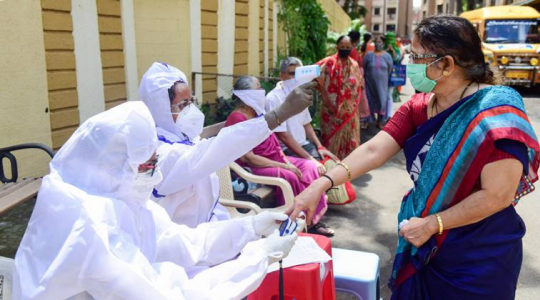
Five months since India’s first positive case of Novel Coronavirus Disease (COVI-19), Kerala, a state with a population of over 35 million, has reported 4189 cases of COVID-19. As of June 30, 2020, it has reported 23 deaths with an impressive recovery rate of 51.7%.
According to the 2011 census, the state of Kerala has the highest literacy rate in India. It has invested heavily in rural health, education, decentralized administrative systems and a vast network of women’s groups. Through all this, Kerala has created a healthcare model that prioritizes empathy and responsiveness. This strong social and administrative fabric had made Kerala, during the initial stages of the pandemic, a prime example of how other states and countries could respond to the pandemic.
The state government’s prompt response to COVID-19 can be attributed to its experience and investment in emergency preparedness and outbreak response in the past during Kerala’s floods in 2018, and especially the NIPAH outbreak in 2019. The state used innovative approaches. Its experience in disaster management planning came in handy to quickly deploy resources and put up a timely and comprehensive response in collaboration with key stakeholders. Creating active surveillance, setting up district control rooms for monitoring, ensuring capacity-building for frontline health workers, enabling risk communication and strong community engagement and addressing the psychosocial needs of the vulnerable population are some of the key strategic interventions implemented by the state government that kept the disease in control.
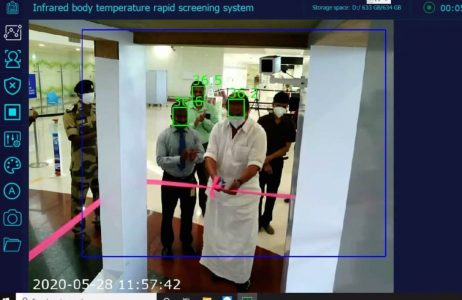
Tap the potential of community participation
Pandemic responses, by contrast, have largely involved governments telling communities what to do, seemingly with minimal community input. Yet communities, including vulnerable and marginalized groups, can identify solutions: they know what knowledge and rumors are circulating; they can provide insight into stigma and structural barriers; and they are well placed to work with others from their communities to devise collective responses. Such community participation matters because unpopular measures risk low compliance. With communities united, we are far more likely—together—to come up with innovative, tailored solutions that meet the full range of needs of our diverse populations.
Preparation is the best defense

The initial response focused on surveillance and screening of anyone coming into the county. The State Emergency Operations Centre (SEOC) and the office of Kerala State Disaster Management Authority provided support to the Health Department for response and mitigation efforts. The enabling environment, owing to the high literacy rate in the state and high-level political and administrative commitment, provided the much-needed impetus in the fight against this pandemic.
Active community engagement
An awareness campaign “Break the Chain” was successful in promoting the importance of hand hygiene, physical distancing and cough etiquette. The Kerala Arogyam portal was launched by the Department of Health and Family Welfare with comprehensive information on COVID-19. The COVID Jagratha portal and the Directorate of Health Services website was launched by the Department of Health and Family Welfare with comprehensive information on COVID-19.
Mental health support
Counselling services were also provided to frontline workers working in corona outbreak control activities. The government has adopted an inclusive approach and addressed the special needs of mentally-ill patients, children with special needs, migrant laborers and elderly people living alone. This includes the tele-medicine portal, e-sanjeevani, for tele-consultation across the State, and Ottakalla oppamundu for providing psychosocial support.
The rising threat
As the state of Kerala celebrated an early success in containing the pandemic, a sense of false security increased among its citizen. Flouting lockdown, holding unprotected gatherings exceeding the mandated number and violating lockdown and social distancing norms amplified. As of today, the confirmed cases have crossed the mark of 19000.
Desire for normalcy
The innate desire to return to pre-COVID (normal) era is the reason for growing impatience among the people. As the state of Kerala reels from the consequences of community transmission, the overall economy has taken a hit. The local administration, with the help of community participation, will have to drive the point home that, “COVID-19 will be with us for a much longer period,” and a “new normal” will have to be created together.
Author: Pooja Paswan is an Assistant Professor in the Department of Political Science at Jamia Millia Islamia University, New Delhi, India. She has Ph. D in Public Administration and specializes in Public Policy. She was recipient of the ASPA 2019 Founders Fellow and ASPA 2017 International Young Scholar Program. She has worked extensively in the area of development administration and policy. She can be reached at https://jmi.academia.edu/PoojaPaswan and [email protected]. Twitter @poojapaswan



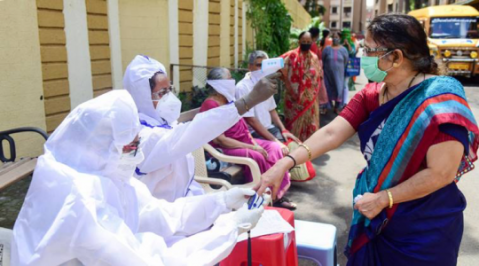
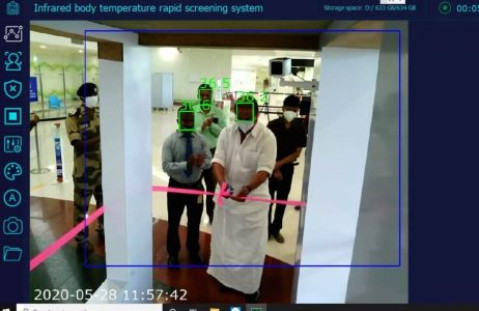
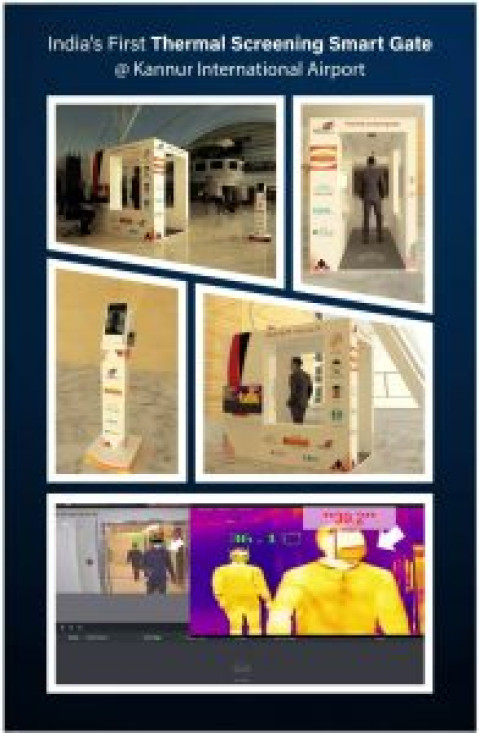

 (2 votes, average: 4.00 out of 5)
(2 votes, average: 4.00 out of 5)
J .M Paswan
July 31, 2020 at 12:30 am
Excellent article on the prevailing situations highlighting the positive,affirmative, collective and inclusive approach adopted by the state’s administration and sense of belongingness & brotherhood manifested by the community in hours of need.